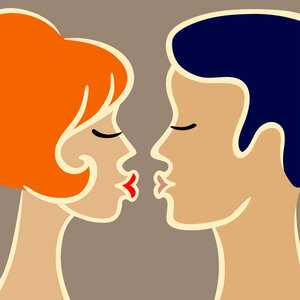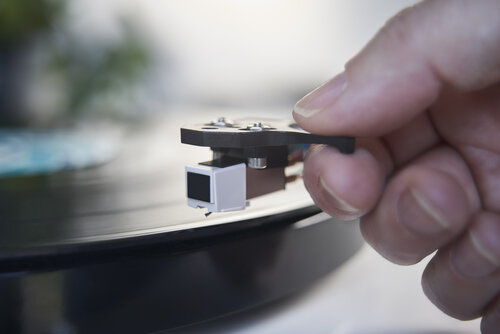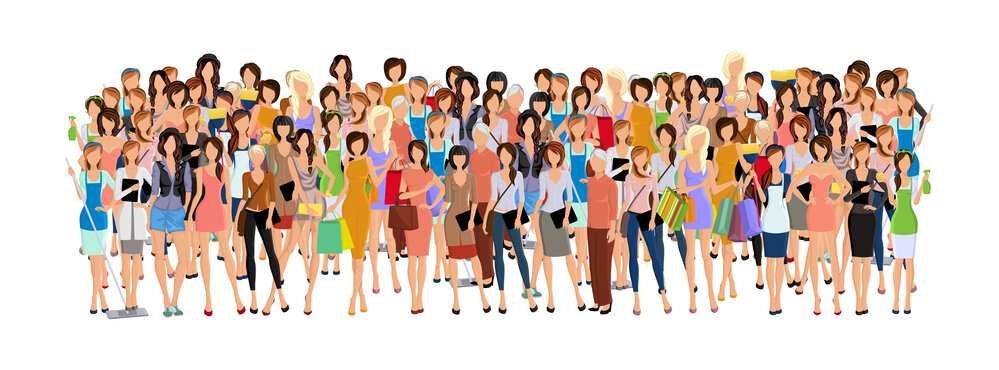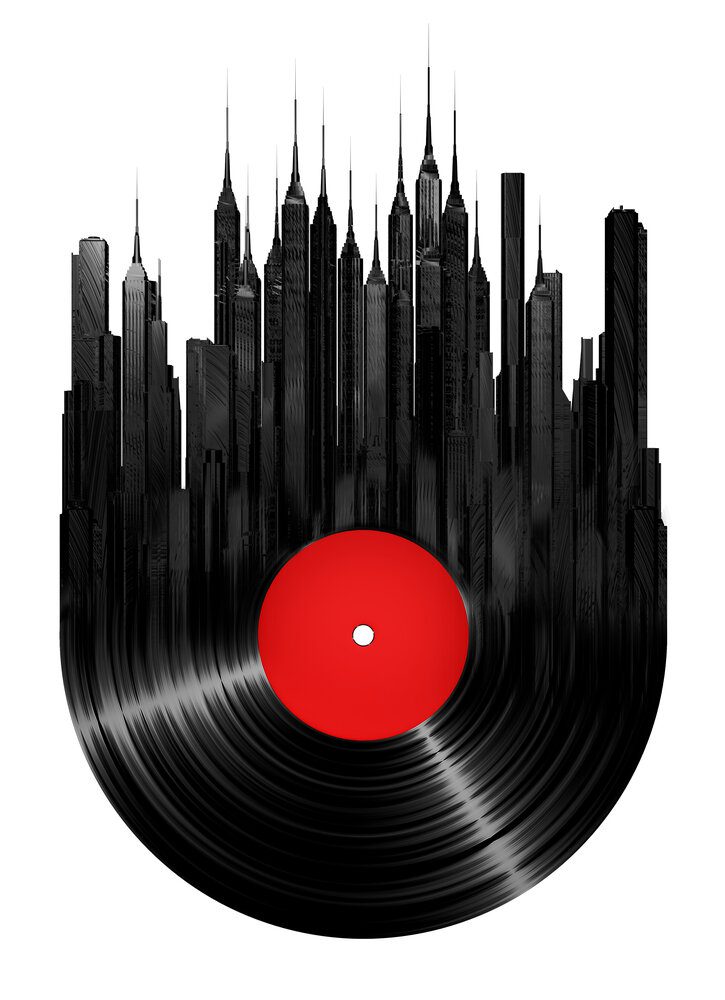Which one is superior, analog or digital? That’s a loaded question. But if the answer is based on more than sound quality, I think it’s possible to make a case for vinyl’s superiority over digital without upsetting anyone. I should know — I’m making the case for vinyl and I almost never listen to it.

But first, allow me to diverge from the main topic and talk about… kissing. If one observes the act of kissing in the most emotionless way, it’s about two people putting their mouths together, often with their eyes closed. Objectively, then, one might conclude that how wonderful a kiss feels will depend on the positioning of the lips and eyelids, and how soft and closed they are, respectively. But we all know that doesn’t tell the whole story. How we feel toward the person we’re kissing greatly affects the depth of the experience. It also has a lot to do with our memory of past interactions with that person. And yes, it matters how physically attractive that person is to us.
It also has a lot to do with how focused we are in that moment. There may be exceptions, but I don’t think great kisses take place in a sales office where people are yelling on the phone and stressing out about the monthly target. Distraction is a big hindrance to taking the experience to its full potential.
Along the same line, I’d say that analog provides more involving musical experiences than digital. With vinyl, the process is more touchy. We remove the record carefully from its sleeve. We drop the record on its platter. Breathing as little as possible, we lift the tonearm and position the needle over the record so it’ll land on that precise spot that’ll allow us just enough time to make our way back to our seat and settle in before the music starts.
While the music is playing, we can’t use a remote or a mobile app to pause the music or stop it or switch to another track. We can’t, on a whim, go, “Oh, I thought I wanted to listen to Mozart but I changed my mind, I want to listen to Anthrax right now!’
Vinyl playback doesn’t allow us to skip to different tracks, albums, artists or genres from the comfort of our couch. It encourages us to listen through the entire side of an album. And when a song or side is finished, the ensuing silence is heavy with meaning, allowing the breadth of the performance to sink in. It makes the sound that came before precious.

What’s interesting is that we don’t get to make choices about these vinyl-playing rules. They are already set in the game. We often assume we’d be happier if we had more choices. But having too many of them can be a source of stress that takes away our ability to appreciate something. It can distract. I know this from first-hand experience.
When I was living in Korea before I immigrated to the US, cereal there was a pretty new product category, with only two kinds to choose from: Corn Flakes and Frosted Flakes, both from Kellogg. When I came to the US and made my very first trip to an American grocery store, I saw about 30 different cereals on the shelves. I remember cereal tasted amazing in Korea. In the US, cereal tasted… uneventful. And I don’t believe it’s because Kellogg put in any magic ingredient in their Korean versions. I believe it’s because having limited options made what I had special. It helped me keep my focus and by doing so improved the quality of my experience. I think the same can be said about vinyl; its simplicity works to its advantage.
And then there are the vinyl-related memories, both the newly formed and old ones. Many who listen to vinyl originally fell in love with music on that format. So, to them, the analog format is intrinsically tied to their favorite artists. To those new to vinyl, there will be the memory of buying one’s first turntable, of picking up a used record from a thrift shop for the first time, of admiring that big cover art or watching how the record spins carousel-like. The list of analog memories can reach much deeper than that of digital ones because there’s just more overall substance to the analog experience.

In contrast, what memories does streaming music, today’s big thing, conjure? The memory of buying a new computer? Well, we use a computer for any number of things so that memory isn’t particularly associated with music. The memory of signing up for a streaming service? I didn’t exactly tremble with excitement while creating my Spotify account, and I assume the same for you.
By its nature, streamed music is invisible and untouchable. Sure, there are physical parts involved in music streaming such as a server, a hard drive, or a processor. But these are products that exist on the sideline. We can’t interact with a music stream as we can vinyl, which we can touch, hold, smell, clean, collect. To deny that any of this affects the way we experience music is to deny our own humanness.
Despite all this, I rarely listen to vinyl. I’m more digital. There are a few reasons for this, the main one being that many of the recordings I treasure are available only in the digital format. I also don’t believe the sound quality of either format is necessarily better than the other. It’s the user experience, I think, one built on physical intimacy and memories, that makes analog the superior medium for music playback.
Chalk it up to relationships. The analog format requires more commitment than digital. I recently found out that there are 70 million tracks currently available for streaming from major streaming services, which prompted me to imagine how uneventful the experience would be if I had to kiss a woman as millions of others stood around staring at me and the girl I’m trying to kiss, collectively chanting “hey, how about us?”. The constant distraction of choices can severely diminish our ability to enjoy something to its fullest. It’s like that with people. And it’s like that with music.
Streaming is convenient, yes. But I don’t want convenience to be the reason I listen to digital. When I listen to digital, it isn’t from a streaming service or a 10-terabyte hard drive. I copy a handful of albums onto a small memory card and commit myself to listening to them over and over.
That way, I can be focused on the music, living fully in the moment.











Leave a Reply